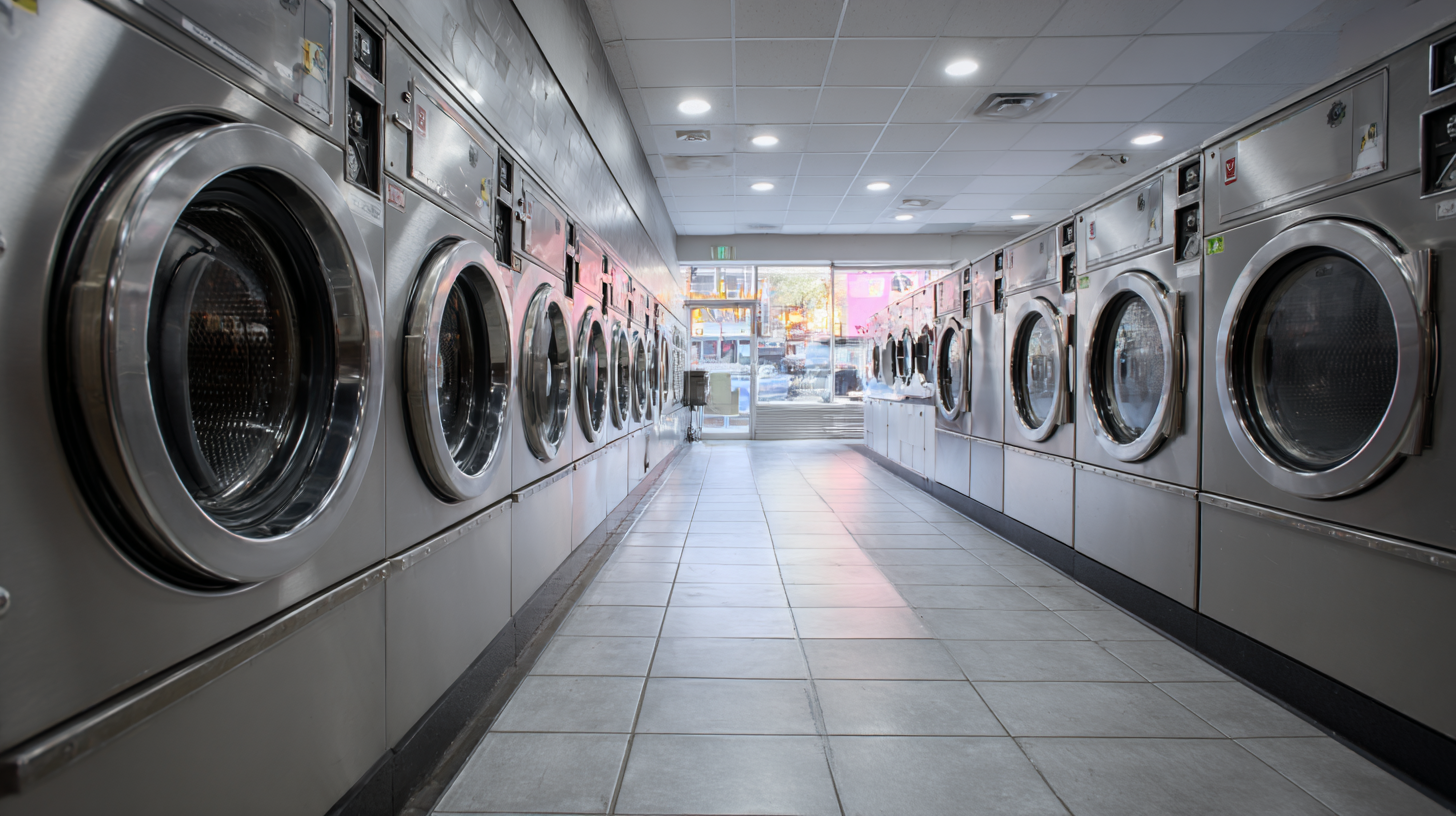Effective laundromat management is the key to long-term profitability, customer satisfaction, and operational stability. While laundromats can generate reliable, mostly passive income, they still require consistent oversight, smart systems, and occasional hands-on problem solving. Whether you’re operating a single location or building a multi-store operation, mastering laundromat management can help you increase revenue, reduce expenses, and build a loyal customer base.
Why Laundromat Management Matters
Even unattended laundromats need to be managed regularly to stay clean, functional, and profitable. Customers expect working machines, a safe and welcoming environment, and responsive service when needed. Poor management results in broken equipment, lost revenue, negative reviews, and unnecessary stress.
- Protects your investment in machines and equipment
- Builds customer trust and retention
- Helps prevent costly downtime and emergency repairs
- Supports steady cash flow and long-term growth
- Makes scaling to multiple locations easier and more sustainable
Core Areas of Laundromat Management
Managing a laundromat means overseeing five essential areas: operations, maintenance, customer experience, staffing (if applicable), and financials. Each plays a critical role in keeping the business running smoothly and profitably.
1. Operations
- Monitor daily performance, hours, and machine usage
- Track utility consumption and adjust machine pricing accordingly
- Use management software to view real-time performance remotely
- Manage inventory for vending machines, change machines, and cleaning supplies
2. Maintenance
- Perform routine inspections of all washers and dryers
- Schedule preventative maintenance to reduce unexpected failures
- Keep lint traps, coin trays, and filters clean and operational
- Work with a reliable repair technician or service team
3. Customer Experience
- Keep the facility clean, safe, and well-lit
- Provide clear signage and machine instructions
- Respond to complaints or refund requests promptly
- Offer conveniences like Wi-Fi, seating, folding tables, and mobile payment options
4. Staff Management (If Applicable)
- Hire and train attendants for wash-and-fold or customer service
- Set schedules and monitor performance
- Create opening and closing procedures for consistency
- Train employees on machine troubleshooting, cleanliness standards, and upselling
5. Financial Oversight
- Track revenue by machine, day, and payment method
- Reconcile change machine and POS transactions regularly
- Monitor utility bills and compare month-over-month usage
- Analyze profit margin and ROI on new services or equipment upgrades
Tools to Simplify Management
Technology can automate and streamline many management tasks. Modern laundromats increasingly use cloud-based software to monitor machines, track income, and reduce the need for onsite supervision.
- Laundromat management software: Monitor machines, track revenue, and adjust pricing remotely
- Smart POS systems: Accept payments, manage loyalty programs, and generate reports
- Surveillance systems: Improve security and deter theft or vandalism
- Maintenance logs: Track service history and identify recurring issues
- Accounting software: Manage taxes, payroll, and expense tracking
Customer Service in a Self-Service World
Even unattended laundromats benefit from excellent customer service. That means responding quickly when problems arise, providing refunds when needed, and making it easy for customers to contact you.
- Post a phone number or QR code to report issues
- Offer automated refunds through a payment app or kiosk
- Monitor reviews on Google and Yelp to track satisfaction
- Use feedback to fix issues and improve the customer experience
Inventory and Supplies Management
Running out of essentials can damage your reputation. Stay ahead of customer needs and operational readiness by monitoring all inventory items that keep your laundromat clean and functional.
- Detergent, softener, and laundry bags (if sold or provided)
- Change for coin-operated machines
- Cleaning supplies and air fresheners
- Parts for basic machine maintenance (belts, filters, knobs)
Scaling and Multi-Store Management
If you manage multiple laundromats, consistent processes and cloud-based tools are essential. Centralizing data, finances, and reporting allows you to maintain control without being physically present at each store every day.
- Use management software that supports multi-location dashboards
- Standardize store layouts, signage, and operations
- Hire regional managers or route attendants to oversee maintenance and cleaning
- Schedule bulk equipment maintenance and supply ordering across all locations
Conclusion
Strong laundromat management keeps your business running smoothly, your customers coming back, and your profit margins healthy. With the right systems in place—from maintenance scheduling to customer service protocols—you can operate efficiently whether you’re on-site daily or managing remotely. A clean, reliable, and well-managed laundromat is one of the best-performing business models in today’s service economy.








